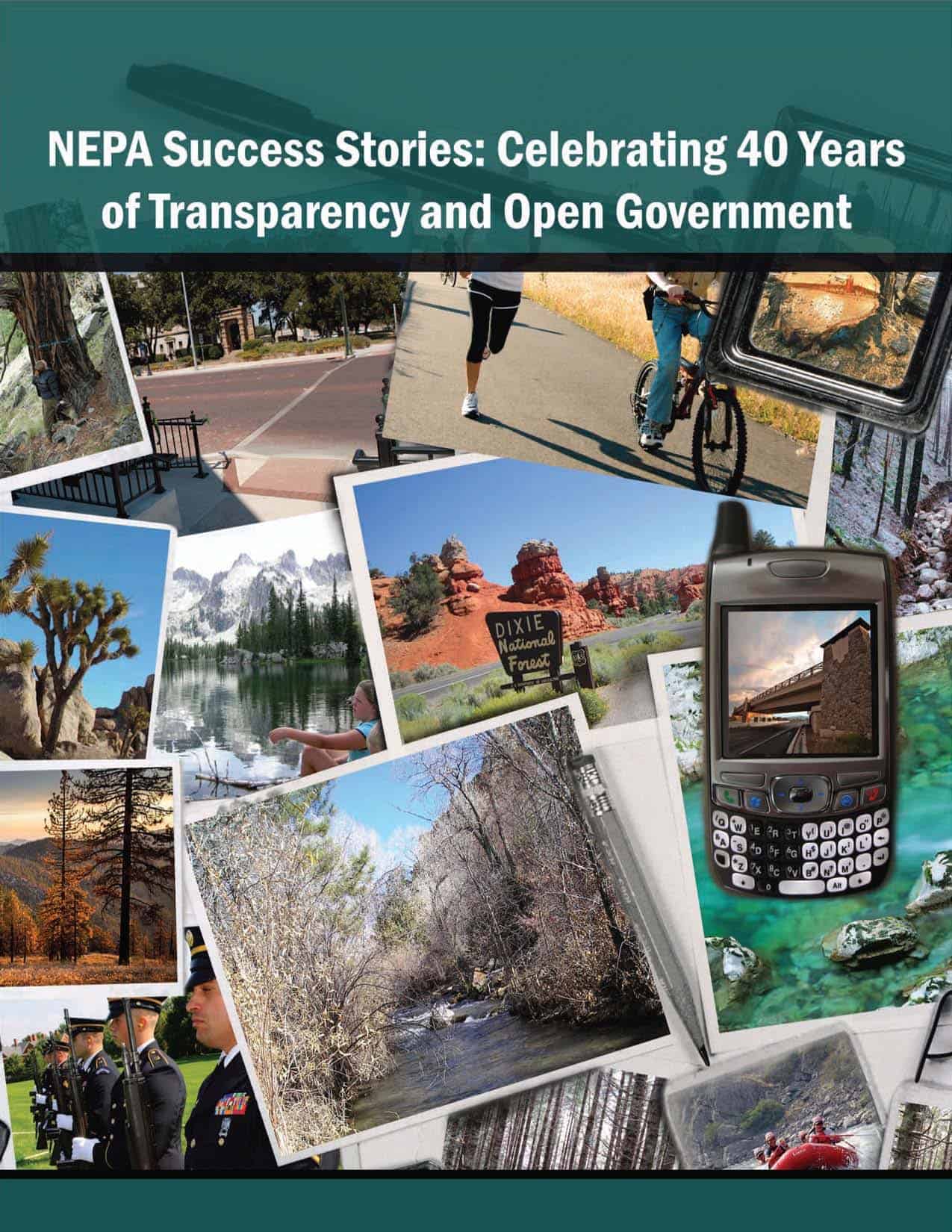That’s the title of a High Country News article from April 29. It is subscription only and very long. A couple of excerpts in which Jerry Franklin and Norm Johnson’s version of “ecological forestry” is discussed:
Along with his old-growth research, Franklin pioneered a “new forestry” that revolutionized federal logging practices in the ’90s — setting basic standards like leaving dead snags and legacy trees for habitat after a clearcut.
Franklin’s more recent “ecological forestry” goes further. Larger patches of the best habitat — 20 to 40 percent of the stand — are left undisturbed while the rest is cleared to let smaller trees and shrubs fill in, creating “early seral” habitat that’s high in biodiversity, with leafy plants for deer and elk, and flowers and fruit for birds and butterflies. Franklin is concerned that there’s not enough of this habitat in the Northwest because clear-cuts on state and private land are managed more like plantations than forests: Almost everything is mowed down and sprayed with herbicide so that only replanted trees will grow — an industrial model that shortcuts natural development.
The new method tries to mimic natural disturbances like wildfire and lets the forest recover more naturally. “It’s an evolution in what we were thinking about under the Northwest Forest Plan,” Franklin says. Back then, the focus was on saving the old growth; now, he says, it’s the young forest that needs help, in part because there’s been so little traditional logging on federal lands over the last decade.
Under the Northwest Forest Plan, clearcuts — “regeneration harvests” in forester terms — left more trees than an industrial cut but still provoked strong protests. In response, the BLM tried to meet timber targets by thinning crowded plantations to restore forests. But thinning provides less wood per acre and less return to agencies and county budgets. And some fear that the BLM will simply run out of forest to thin within the next couple decades. That’s why Franklin wants to begin again with higher-volume, regeneration harvests.
“We need a dedicated land base for sustainable wood production on the federal lands, and this is part of it,” Franklin says. The White Castle sale would produce 6.4 million board-feet of timber, slightly less than if it were cut under the normal standards of the Northwest Forest Plan, but 20 times more than if it were simply thinned. A recent study by Oregon Gov. John Kitzhaber’s office shows that ecological forestry could satisfy the Northwest Forest Plan’s target of 203 million board-feet for the O&C lands into the future, while continued thinning would fall short and eventually dry up.
However, some environmentalists are not buying this approach (which is not surprising, but how long will the public buy crying wolf about clearcutting and old growth?).
“The White Castle project is a cynical attempt to pass off clear-cutting century-old trees as restoration,” said Doug Heiken of Oregon Wild in a press release. “In reality, the true focus of this project is providing cheap timber to old-growth dependent logging mills at taxpayer expense.”
Environmentalists fear that this project could clear the way for more of this sort of “active management” in old-forest owl habitat. They say mature forests on their way to developing into old growth should not be sacrificed especially when impacts to struggling spotted owls are unclear. In December, the BLM dismissed the protest, but the groups appealed.
“Orwellian doublespeak, my ass,” Franklin retorts. He accuses his critics of distorting the terms of the debate. Under more traditional definitions, the project is neither a clear-cut nor is it in old growth, generally said to be at least 180 years old. Yet with all of the ancient stands essentially off the table, the new fight in Westside forests is over the 80- to 160-year-old future old-growth forests. “This is really where the battle is going to be fought out,” Franklin says.
Meanwhile, industry groups say the pilots don’t provide enough timber to satisfy the O&C lands’ promise of logs to support the counties.
“Of all the issues I’ve worked on, this particular one has angered the widest spectrum of people — just about everyone,” Johnson says. He sees the pilot projects as a policy test for a new management paradigm that challenges the divide between forest reserves and timber harvest areas. That schism, he says, harkens all the way back to the split between John Muir’s preservationist ideals and Gifford Pinchot’s utilitarian forestry, which laid the foundation for federal land management.
The pilot harvest model demands that foresters abandon plantation forestry but requires environmentalists to accept that some types of logging — beyond thinning — can be ecologically beneficial. “We’re asking people to look at that and not see forest destruction but see forest renewal — and that’s hard,” says Johnson. “This is really fundamentally rethinking our philosophy of how we conserve and manage forests.”
Well, federal forests. It’s a middle ground, say Franklin and Johnson, between intensively managed private timberlands and reserves on federal ground. I support this approach, though I’d still like to see at least a pilot trust established to oversee harvesting and management of Matrix areas.
Good work from High Country News. In his Editor’s Note, Paul Larmer says the “Historic Northwest Forest Plan needs a careful overhaul.” I think this is open access:
https://www.hcn.org/issues/45.7/historic-northwest-forest-plan-needs-a-careful-overhaul
Steve




